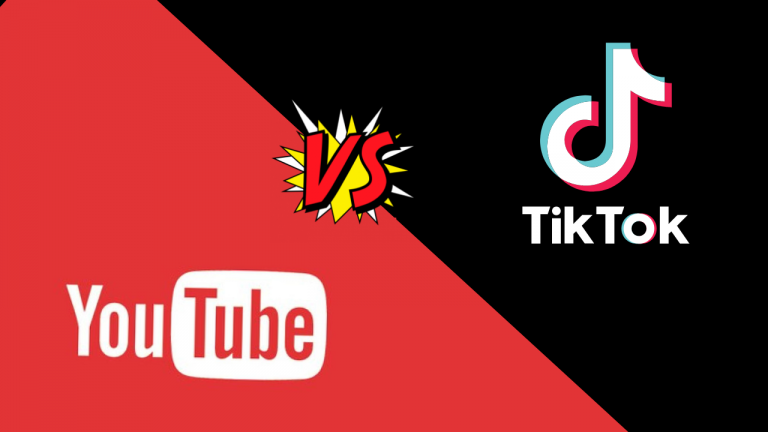YouTube vs TikTok: An In-Depth Analysis of Both Platforms
Users Are The Core Strength
YouTube and TikTok have amassed phenomenal userbases thanks to their unique offerings. YouTube users enjoy diverse categories from learning to entertainment while TikTok users are drawn by its addictive shorts. Both aim to engage and retain their dedicated communities. However, YouTube’s longevity and vast library give it an advantage over the younger TikTok.

Knowledge vs Entertainment
YouTube is a treasure trove for learning through well-researched educational videos and career advice from experts. Creators like Gaurav Taneja truly inspire people with their informative yet engaging lifestyle content. In contrast, TikTok is primarily an entertainment platform. While TikTok videos can educate through demonstrations, most focus on dancing, pranks and jokes. Long-term, YouTube fares better for its valuable knowledge-building content.
Multinational vs Homegrown Growth
YouTube as an American company attained global popularity on the back of its diverse video catalog and multi-language support. However, TikTok’s Chinese origins make it controversial in countries like India embroiled in geopolitical conflicts. To justify its ban, India claimed TikTok leaked user data to China, impacting national security. As anti-China sentiments rise, homegrown apps gain traction. YouTube benefits from its multinational image over TikTok’s domestic growth model.
Sustained Creator Value
Top YouTube creators like CarryMinati generate sustainable income from brand deals long after viral videos. Their fanbases follow across platforms due to the real-life inspiration they provide. In contrast, most TikTok stars fail to replicate online fame in the real world. TikTok founder admitted the app mainly targets those with too much free time. Long-term, YouTube creators develop strong personal brands while TikTok notoriety remains ephemeral.
Moderation Under Scrutiny
Both platforms faced backlash for arbitrary bans and restrictive policies hurting smaller creators’ livelihoods. However, TikTok’s opaque moderation and unresponsiveness to support queries raise more serious concerns. Fanvue positioning itself as a supportive alternative for creators disgruntled by YouTube and TikTok’s arguably exploitative treatment gains traction. While both aim to profit, Fanvue prioritizes fairness through multiple response channels and timely support. Its creator-first approach sets an example.
Conclusion
YouTube and TikTok enjoy popularity due to appealing differently to diverse user preferences. However, YouTube garners advantage due to its longevity nurturing authentic influencers, broad knowledge library and multinational trust over privacy and data usage concerns surrounding TikTok. Although nimble on trends, TikTok remains unrivaled on sustained impacts and real-world opportunities. The rise of Fanvue indicates a need for transparency and fairness prioritized over profits alone. Ultimately, competition improves platform standards benefiting both users and creators.
